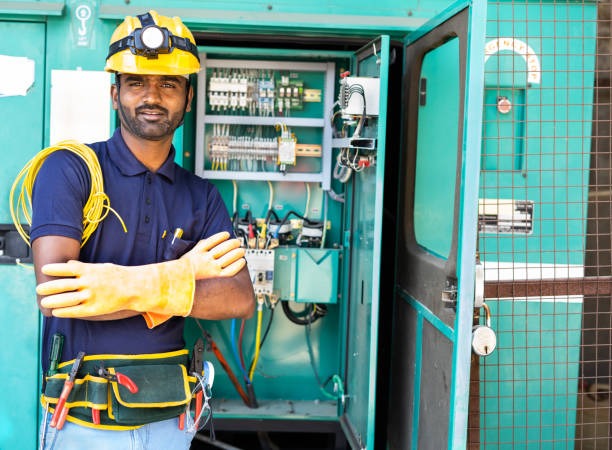Water damage is a prevalent issue faced by homeowners and businesses alike, often resulting in significant structural and financial repercussions. Understanding the common causes of water damage and how restoration experts address them is crucial for preventing long-term problems.
One of the primary causes of water damage is plumbing issues. Burst pipes, leaky faucets, and faulty plumbing fixtures can lead to substantial water accumulation in walls, floors, or ceilings. Over time, this moisture can weaken structural elements and promote mold growth. Restoration experts tackle these issues by first identifying the source of the leak using advanced detection tools such as infrared cameras or moisture meters. Once identified, they repair or replace damaged pipes and fixtures to prevent further leakage.
Weather-related events are another major contributor to water damage. Heavy rains, hurricanes, or snowmelt can overwhelm drainage systems and cause flooding in basements or lower levels of buildings. Restoration professionals mitigate these risks by ensuring proper drainage around properties through grading adjustments or installing sump pumps that redirect excess water away from foundations.
Roof leaks also frequently result in water intrusion during storms when shingles are missing or damaged due to age or severe weather conditions. Water may seep into attics and eventually into living read more articles spaces below if not addressed promptly. Experts remedy this by inspecting roofs for vulnerabilities like cracked flashing or loose shingles before making necessary repairs to ensure a watertight seal.
Appliance malfunctions pose another risk factor for indoor flooding incidents; washing machines with broken hoses, dishwashers with clogged drains, refrigerators with leaking lines—all present potential hazards lurking within households today! To counteract appliance-related mishaps effectively requires swift intervention: technicians isolate malfunctioning units while assessing surrounding areas impacted most severely (e.g., cabinetry/flooring). They then proceed accordingly—repairing defective components wherever feasible—or recommending replacements altogether depending upon severity encountered along way!
Inadequate ventilation exacerbates existing problems since trapped humidity fosters ideal breeding grounds conducive towards mold proliferation—a health hazard requiring immediate attention lest occupants suffer respiratory ailments over prolonged exposure periods involved here too unfortunately enough already mentioned earlier above now once again reiterated just case missed initially somehow perhaps inadvertently overlooked amidst everything else discussed thus far throughout narrative presented herein overall contextually speaking that is…
Restoration teams combat poor airflow scenarios via installation exhaust fans designed specifically expel moist air outside premises efficiently thereby reducing likelihood future occurrences similar nature arising subsequently thereafter down line going forward indefinitely hopefully anyways fingers crossed right?



